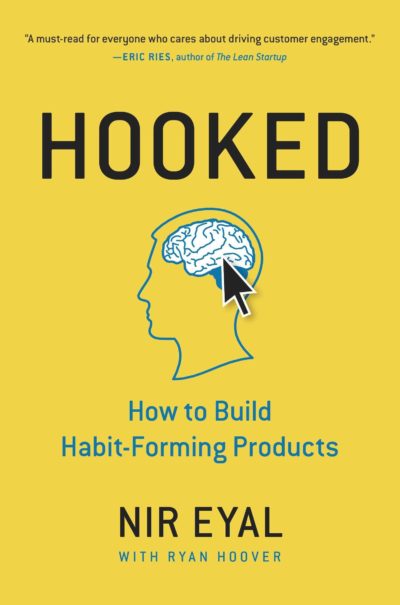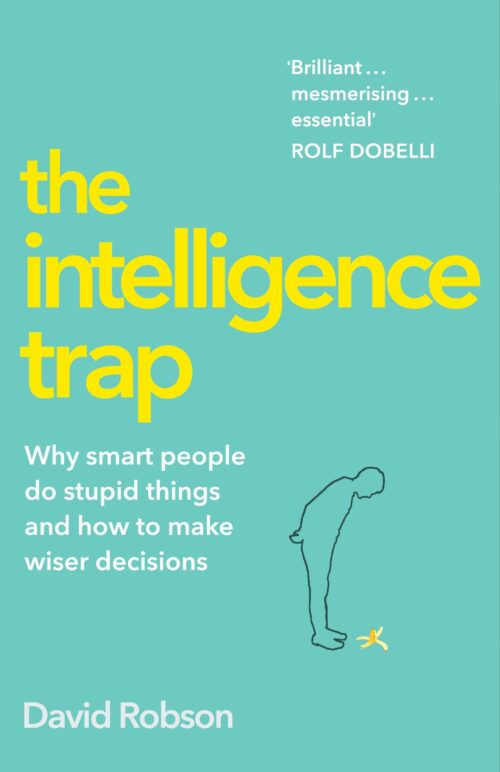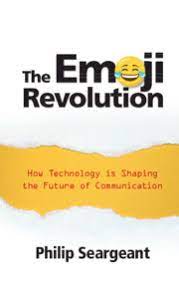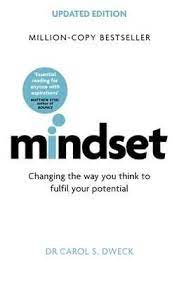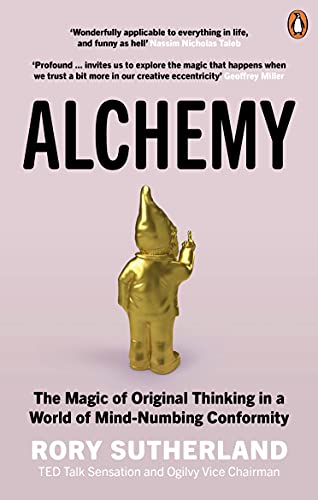Nir Eyal begins with some telling statistics (probably now outdated) that 79% of smartphone owners check their device within 15 minutes of waking up every morning and one-third of Americans say that they would rather give up sex than lose their cellphones. In Hooked he explains why.
According to cognitive psychologists, habits are “automatic behaviours triggered by situational cues”. Nir Eyal’s Hook model explains the four stages of behaviour change and habit development:
- Trigger (external and internal)
- Action
- Variable reward
- Investment
Often these stages work together in a “viral cycle” as Nir Eyal explains. For example, more frequent usage of Facebook (and other platforms) drives more growth. More is more.
Triggers fall into external and internal. External triggers are embedded with information, telling the user what to do next (e.g., environment, context, sensory stimuli, other people). Internal triggers manifest automatically in our minds (e.g., emotions) and encode the external trigger into a learned association in memory. As he states, “The ultimate goal of a habit-forming product is to solve the user’s pain by creating an association so that the user identifies the company’s product or service as the source of relief”.
In discussing the second stage of Action, Nir Eyal leans heavily on BJ Fogg’s behavkoural model that focuses on the importance of motivation, ability and a trigger (recently renamed a prompt by Fogg). BJ Fogg summarises this as B = MAP.
Motivations fall into three types: seeking pleasure and avoiding pain, seeking hope and avoiding fear and seeking social acceptance and avoiding rejection. Motivation is often related to mental heuristics (shortcuts). For example, appearance of scarcity increases value and framing and context influence decision-making.
Habits can only be formed when someone has the ability to do a behaviour. Ability can be driven by time, money, physical effort, brain cycles, social deviance and the extent to which an action matches or disrupts existing habits. BJ Fogg argues that ability is easier to change than motivation in most cases and “any technology or product that significantly reduces the steps to complete a task will enjoy high adoption rates by the people it assists”. Google is a great example of this and continues to simplify its use.
He argues that what draws us to an act is not the sensation we receive from the reward itself, but the need to alleviate the craving for that reward, which is why variability is so important. He outlines three types of reward:
- Rewards of the tribe including acceptance, attraction, importance and inclusion
- Rewards of the hunt including the need to acquire physical objects for survival
- Rewards of the self or intrinsic motivations that give a sense of competency
Investment is associated with changing how we perceive a behaviour so that we become more committed through dedicating time and effort into it. This stage also relates to mental heuristics, such as the IKEA effect (things have more value when we have invested time and effort) and the endowment effect (motivation increases when we are nearer a goal).
Nir Eyal finishes by explaining how to apply the model in five steps:
- What do users really want? What pain is the product relieving? (internal trigger)
- What brings users to your service? (external trigger)
- What is the simplest action users take in anticipation of reward, and how can you simplify your product to make the action easier? (action)
- Are users fulfilled by the reward yet left wanting more? (variable reward)
- What “bit of work” do users invest in your product? Does it load the next trigger and store value to improve the product with use? (investment)
Overall, this is a good primer on the psychology of habits and behaviour change> If you want to know more, I recommend looking up BJ Fogg’s work, much of which is available online.


